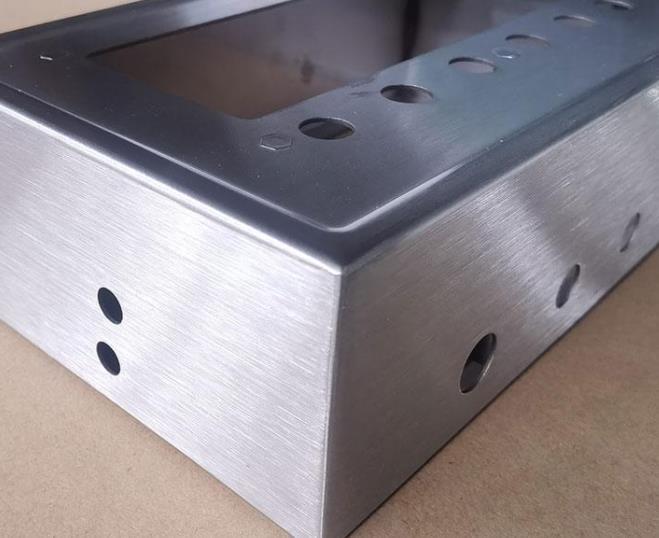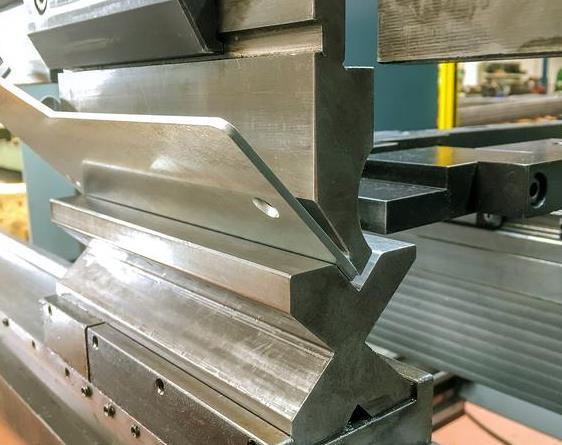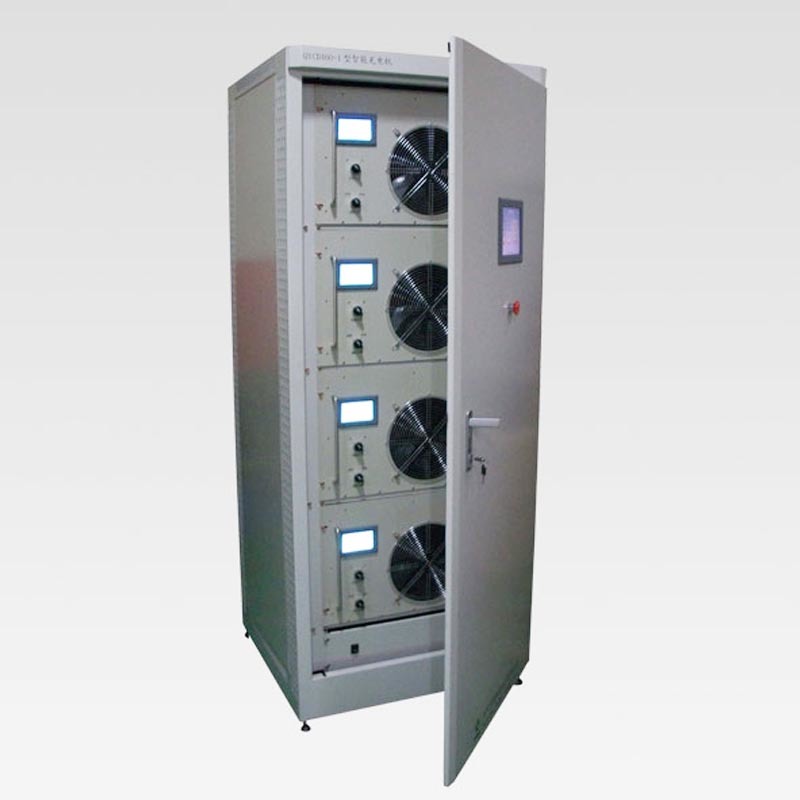What is precision sheet metal processing
Release time:
2025-01-09
【Summary】Precision sheet metal processing is a widely used processing technology in the manufacturing industry. It involves precise cutting, bending, welding, and other processing operations on metal sheets to produce various complex metal parts and components. The following is a detailed introduction to precision sheet metal processing:
PrecisionSheet Metal Processingis a processing technology widely used in the manufacturing industry, involving precise cutting, bending, welding, and other processing operations on metal sheets to manufacture various complex metal parts and components. The following is a detailed introduction to precision sheet metal processing:
I. Characteristics
- High Precision: Able to meet the manufacturing needs of complex products, with high processing accuracy.
- High Efficiency: Suitable for mass production, significantly improving production efficiency.
- High Quality: The processed products have good dimensional stability and excellent surface quality.
- High Flexibility: Able to adapt to the processing needs of sheets of different shapes, sizes, and materials.

II. Main Processes
- Design: Engineers determine the shape, size, and material of metal parts based on the product's function and usage environment.
- Raw Material Preparation: Select suitable sheets, check the quality of the sheets, and perform preliminary cutting.
- Cutting: Using CNC cutting machines, steel plate shears, and other equipment to cut the sheets into the required shapes and sizes. Common cutting methods also include laser cutting, mechanical cutting, and water jet cutting.
- Stamping: Using punch presses, hydraulic presses, and other equipment to stamp the sheets into the desired shapes.
- Bending: Using bending machines, CNC bending machines, and other equipment to bend the sheets into the required shapes. During the bending process, it is necessary to strictly control the bending angle and bending accuracy.
- Welding: Connecting multiple metal parts together through welding methods such as arc welding, laser welding, and TIG welding. During the welding process, it is necessary to control the welding parameters to ensure welding quality and strength.
- Grinding: Using manual grinding, mechanical grinding, and other methods to perform surface treatment on the processed products to improve the surface flatness and smoothness.
- Surface Treatment: Cleaning, spraying, electroplating, and other treatments on metal parts to improve the corrosion resistance and aesthetics of the parts.
III. Applications
Precision sheet metal processing has a wide range of applications in multiple fields, including but not limited to:
- Electronics and Communication Equipment: Manufacturing enclosures, chassis, panels, and other components to provide protection and support for electronic components.
- Automobiles and Transportation Vehicles: Manufacturing body, doors, hoods, and other components to provide structural strength and aesthetic appearance.
- Medical Equipment: Manufacturing enclosures, brackets, instrument panels, and other components to meet the functional and hygiene requirements of medical equipment.
- Home Appliances and Office Equipment: Manufacturing enclosures, panels, brackets, and other components to provide structural support and aesthetic design.
- Optical and Optoelectronic Equipment: Manufacturing enclosures, brackets, mirrors, and other components to ensure the precise position and stability of optical components.
- Energy and Environmental Protection Equipment: Manufacturing enclosures, pipelines, brackets, and other components to meet the functional and safety requirements of the equipment.
IV. Development Trends
With the rapid development of the manufacturing industry and continuous technological innovation, precision sheet metal processing will develop towards a more intelligent and automated direction. For example, using robots and automated equipment to replace manual operations can improve production efficiency and product quality. At the same time, with the continuous emergence of new materials and new processes, precision sheet metal processing will also continue to expand its application fields.
In summary, precision sheet metal processing plays an increasingly important role in modern industrial production and has broad development prospects.
TAG:
RELATED INFORMATION
2025-01-20
How much do you know about stainless steel sheet metal processing?
2025-01-18
What are the inspection standards for sheet metal processing chassis and cabinets?
2025-01-17
What are the main processes of sheet metal processing?
2025-01-16
What is the process flow of the chassis cabinet?
FAX
ADD
Gengguantun Industrial Development Zone, Qingxian County, Hebei Province, China

WeChat applet





